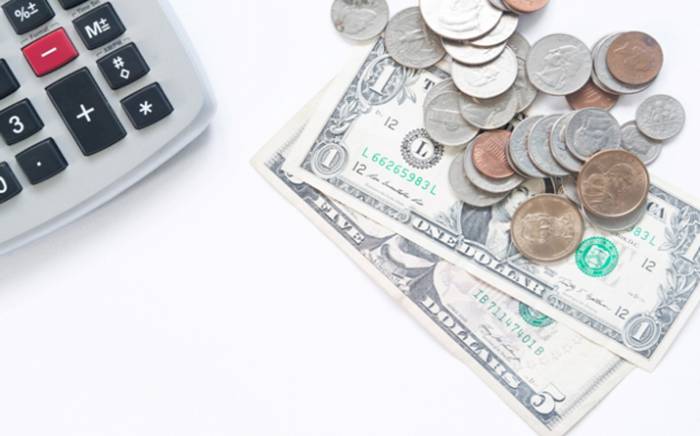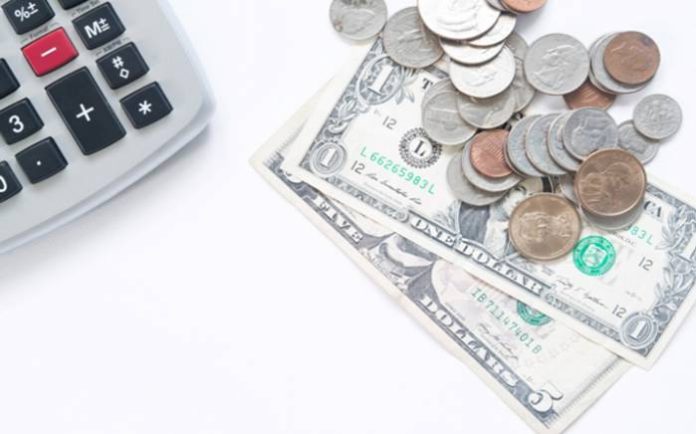Do you feel good about how much you have saved for a rainy day? As it turns out, 44 percent of Americans can handle an unexpected $1,000 expense using their emergency fund. This is the highest this number has been in eight years.
While this is something to celebrate, it still leaves more than half of Americans (56 percent) unable to field an emergency expense with their savings.

Most would use a credit card, cut expenses, or borrow from friends and family. Others would take out short term personal loans to foot an unexpected expense that’s $1,000 or more.
How Much Do You Need in An Emergency Fund?
As far as unexpected expenses go, $1,000 is a little too precise for emergencies. A financial disaster is usually messy and unpredictable. It might appear as $178 bill to remove a broken tooth or $1,240 to replace your work laptop.
Emergencies come in all shapes and sizes. More still, how much you save depends on your current lifestyle, including your family situation and tolerance for risk. No one will have the same savings goals.
That said, financial rule of thumb recommends everyone saves at least three months’ worth of living expenses. You may want to bump up this goal up to a full year’s worth of expenses if you have a lot of dependents or work in a volatile industry.
If you fall short of your goal before an emergency happens, don’t focus on what you don’t have. Short term personal loans are available to act as a stopgap until you build a more substantial emergency fund.
If you visit MoneyKey, you can learn more about how short term personal loans can help you take care of urgent repairs and unexpected medical expenses. You can use this as a resource to compare your options. Being informed can help you find the best rates on short term personal loans available to you today.
Where Should You Put These Savings?
Two essential factors to keep in mind when choosing an account for your emergency fund.
#1. You Need to Earn Extra Interest
You want to earn as much compounding interest on your savings in between emergencies. This way, you’ll offset the effects of inflation that may reduce the purchasing power of your savings.
Look for high-yield savings accounts with no balance minimums, so you won’t get dinged if you have to empty your fund.
#2. You Need to Keep it Liquid
An emergency is an urgent situation that requires a quick response time. Anything preventing you from getting fast cash will delay how quickly you can get your car repaired or your cat seen by a vet.
You need to be able to withdraw cash from your fund at a moment’s notice, so don’t tie up your money in accounts with holds on withdrawals. For the same reason, putting your emergency fund in stocks or bonds is not a good idea, even though they typically earn more interest than any high-yield account.
Since investments often have strict regulations on how quickly you can withdraw funds, you may not get your money in time. Any money you withdraw will also be subject to taxes, which can introduce an extra expense you weren’t expecting later.
4 Tips to (Re) Build Your Emergency Fund
Whether you’re rebuilding your savings after an emergency or starting from scratch, check out these tips to help you save more.
#1. Set a Goal
First of all, you’ll need to deide how much you need in an emergency. Will three months of living expenses suffice, or do you need a full year?
Look at the past year or so of expenses to see what sort of unexpected expenses you’ve encountered in the past. Take note of any short term personal loans or credit card debt you relied on during this time. This information can help you choose an appropriate goal for your lifestyle.
#2. Break it Down
No matter what you choose, it’s likely an intimidating number. To make this goal more manageable, break it down into smaller ones that are easier to reach. Think about what you need to do to save your first $100 before focusing on $1,000 and beyond.
#3. Make Small Sacrifices
You only have so much money in your budget, so you’ll have to either earn more or spend less to free up savings. Boosting your income can be a giant leap if you’re just starting out, so focus instead on cutting small expenses from your month.
Takeout, unused subscriptions, and entertainment expenses are easy targets. But don’t be afraid to look at things like your groceries and utility bills to find out how you can save on these regular expenses.
#4. Consider Bigger Changes
If you already follow a tight budget, you may have to consider bigger changes to see results. These may include downsizing to a smaller home or trading in your car for a cheaper vehicle.
Bottom Line
It’s hard work retooling your budget, and it won’t be easy making some of the sacrifices you’ll need to make to free up cash. But it’s worth it. These savings are a crucial safety net, catching you when you stumble.







































